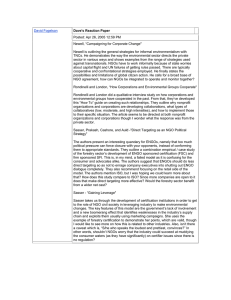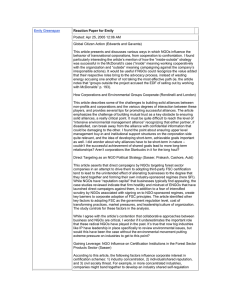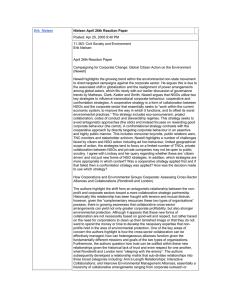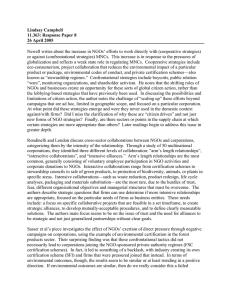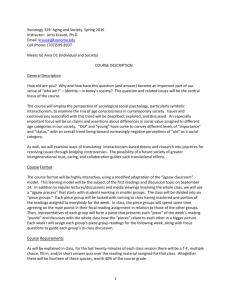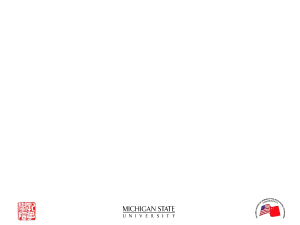Nancy Odeh Nancy's reaction paper Posted: Apr 26, 2005 11:46 AM
advertisement
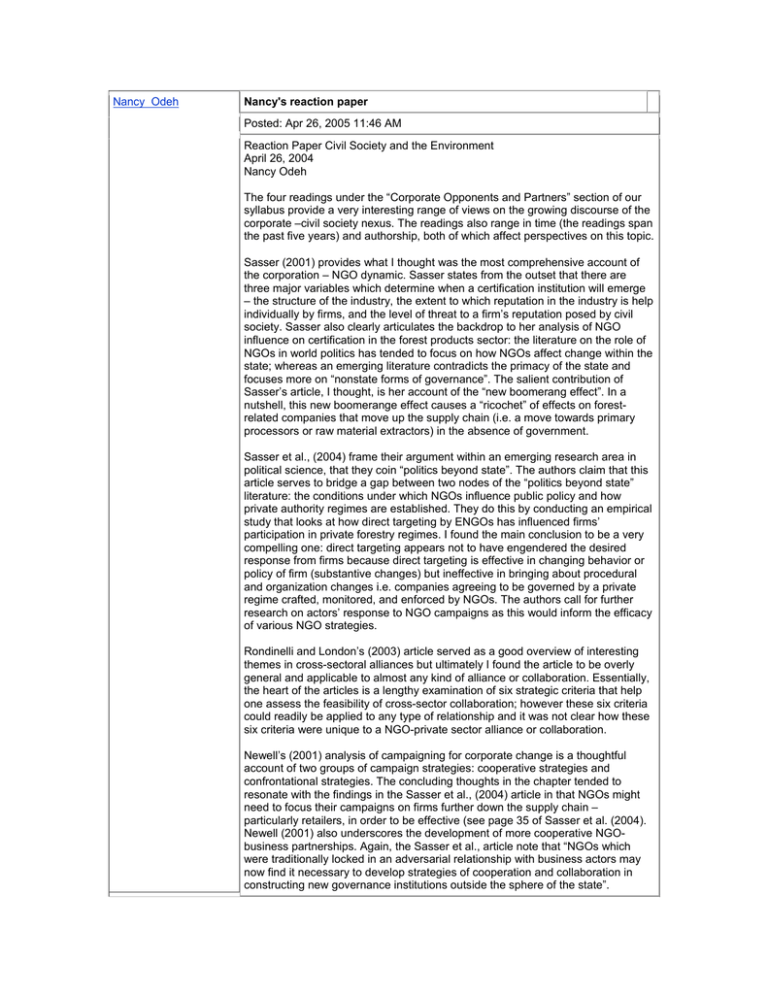
Nancy Odeh Nancy's reaction paper Posted: Apr 26, 2005 11:46 AM Reaction Paper Civil Society and the Environment April 26, 2004 Nancy Odeh The four readings under the “Corporate Opponents and Partners” section of our syllabus provide a very interesting range of views on the growing discourse of the corporate –civil society nexus. The readings also range in time (the readings span the past five years) and authorship, both of which affect perspectives on this topic. Sasser (2001) provides what I thought was the most comprehensive account of the corporation – NGO dynamic. Sasser states from the outset that there are three major variables which determine when a certification institution will emerge – the structure of the industry, the extent to which reputation in the industry is help individually by firms, and the level of threat to a firm’s reputation posed by civil society. Sasser also clearly articulates the backdrop to her analysis of NGO influence on certification in the forest products sector: the literature on the role of NGOs in world politics has tended to focus on how NGOs affect change within the state; whereas an emerging literature contradicts the primacy of the state and focuses more on “nonstate forms of governance”. The salient contribution of Sasser’s article, I thought, is her account of the “new boomerang effect”. In a nutshell, this new boomerange effect causes a “ricochet” of effects on forestrelated companies that move up the supply chain (i.e. a move towards primary processors or raw material extractors) in the absence of government. Sasser et al., (2004) frame their argument within an emerging research area in political science, that they coin “politics beyond state”. The authors claim that this article serves to bridge a gap between two nodes of the “politics beyond state” literature: the conditions under which NGOs influence public policy and how private authority regimes are established. They do this by conducting an empirical study that looks at how direct targeting by ENGOs has influenced firms’ participation in private forestry regimes. I found the main conclusion to be a very compelling one: direct targeting appears not to have engendered the desired response from firms because direct targeting is effective in changing behavior or policy of firm (substantive changes) but ineffective in bringing about procedural and organization changes i.e. companies agreeing to be governed by a private regime crafted, monitored, and enforced by NGOs. The authors call for further research on actors’ response to NGO campaigns as this would inform the efficacy of various NGO strategies. Rondinelli and London’s (2003) article served as a good overview of interesting themes in cross-sectoral alliances but ultimately I found the article to be overly general and applicable to almost any kind of alliance or collaboration. Essentially, the heart of the articles is a lengthy examination of six strategic criteria that help one assess the feasibility of cross-sector collaboration; however these six criteria could readily be applied to any type of relationship and it was not clear how these six criteria were unique to a NGO-private sector alliance or collaboration. Newell’s (2001) analysis of campaigning for corporate change is a thoughtful account of two groups of campaign strategies: cooperative strategies and confrontational strategies. The concluding thoughts in the chapter tended to resonate with the findings in the Sasser et al., (2004) article in that NGOs might need to focus their campaigns on firms further down the supply chain – particularly retailers, in order to be effective (see page 35 of Sasser et al. (2004). Newell (2001) also underscores the development of more cooperative NGObusiness partnerships. Again, the Sasser et al., article note that “NGOs which were traditionally locked in an adversarial relationship with business actors may now find it necessary to develop strategies of cooperation and collaboration in constructing new governance institutions outside the sphere of the state”. Questions: Are there other situations in which we might see evidence of the” new boomerang effect” that Sasser (2001) describes? Is Newell’s (2001) list of strategies an accurate reflection of strategies that are employed today? Where does the recently formed (2002) Global Reporting Initiative (http://www.globalreporting.org) fit into Newell’s list?
